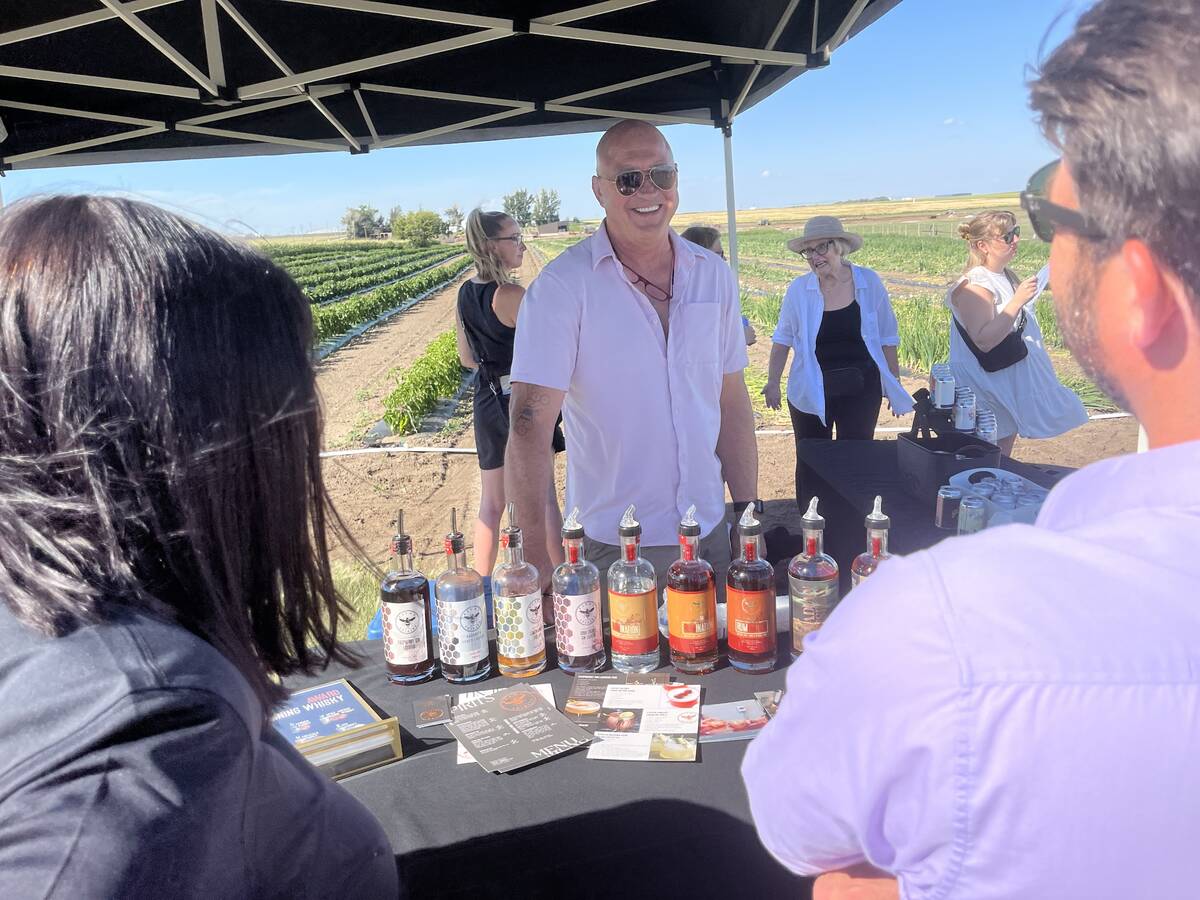The nose counters with the United States department of agriculture were busier on Jan. 1 of this year than they were in 1993.
They tallied the U.S. cattle herd at 101.75 million head, up one percent or 1.14 million head, from 1993.
While that many more cattle would mean in the Canadian context a 10 percent increase in the total herd (the herd is nearly 12 million), this latest one percent increase in the U.S. cattle herd wasn’t much of a surprise.
“It doesn’t hurt the market, but it doesn’t add a lot of strength either,” says Chuck Levitt, senior meat analyst with Alaron Trading Corp. in Chicago, Ill.
Read Also

From farmer to award-winning distiller
Pivot Spirits showcases transition from farmer to distiller with provincial award-winning results in Alberta for Lars Hirch
At 34.89 million head, the beef cow herd is about three percent bigger than it was Jan. 1, 1993, while the number of heifers kept as replacements was bigger by four percent. The total U.S. cow herd is 44.5 million head, up two percent.
The hallmark of this expansion cycle, however, is its modesty.
Since the low point of 98 million head in January of 1989 (after the drought of 1988), Levitt said the average annual growth in the U.S. cow herd has been just three-quarters of one percent. In the growth phases of previous cattle cycles, the yearly expansion averaged four percent, he said.
One of the reasons for this slower rate of expansion is that some of the smaller herds just aren’t interested in getting bigger, Levitt said. They don’t have the land base or the feed supplies.
The severe winter of 1993 — at least by southern plains standards — may be another.
Even though there were three percent more cows in 1993, the calf crop was up by just one percent to 39.64 million head. And the number of calves under 500 pounds is actually down by two percent.
Canadian prices last year were able to ride on the strength of fewer feeder cattle numbers, said Anne Dunford of Canfax in Calgary.
“American buyers were up here bidding strongly.”
With fewer lightweight calves and aggressive placements of cattle into U.S. feedlots last fall, Levitt said the supply of feeder cattle in the first half of 1994 is actually going to be less than it was a year ago.
“We can’t get a whole lot of expansion in activity in the feedlots unless we import calves from Canada or Mexico.”
He’s predicting fed cattle prices on the southern plains will trade between $74 and $77 (U.S.) per hundredweight, while the average 1994 price will be about $74.
That’s just two dollars less than last year’s average of $76 per cwt.














